When you're out photographing, especially while travelling, how often do you use a tripod? Some people shun them, arguing that they represent just one more item to for a photographer to schlep. But I'm a big believer that a tripod can prove a useful tool in returning home with high quality images so warrants carrying and using.
Technological advances over recent years mean that many cameras and lenses have image stabilisation modes that reduce the risk of shake when you take handheld photos in low light.
Switching on the image stabiliser may be fine for borderline light scenarios but, when I've taken the time and expense to travel, I don't mind carrying and setting up a tripod to ensure my photos will be pin sharp, even in low light.
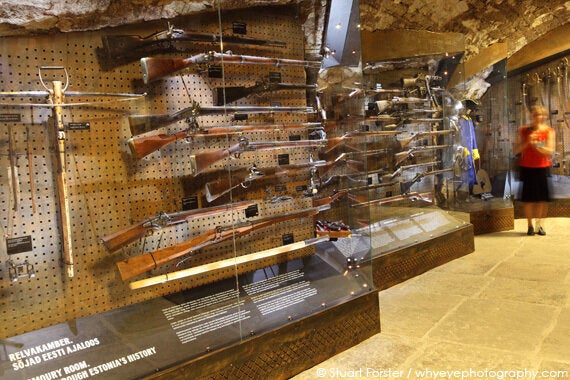
One amateur photographer friend of mine likes to argue that tripods are unnecessary because the software on recently released cameras keeps noise and grain to a minimum, even at high ISO settings. My response is that, yes, there have been marked improvements, but if you zoom in on your computer, to 100 per cent, and compare the same scene photographed at ISO settings of 100 and 12800 you will be able to discern differences in quality.
I like to keep my ISO setting as low as possible so that the details look good when my photographs are exhibited. Sometimes that means using a tripod even in bright daylight, so I can maximise on the depth of field in landscapes and cityscapes.
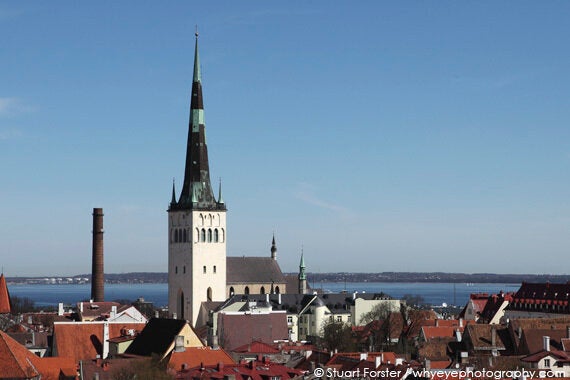
Food photography is one genre where a tripod can prove highly beneficial if you want to represent the subtleties of cuisine and the work that a chef puts into creating a meal. Careful lighting is essential for showing off the textures and colours of food.
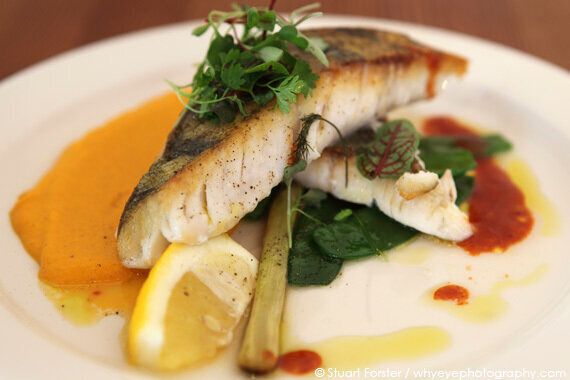
I think a flash can be fine if all you want is a quick snap to show mates what you've eaten but there's no substitute to composing the scene properly. If you set up your tripod and lighting before food is served you can quickly capture a quality photo and still eat while the food is warm.
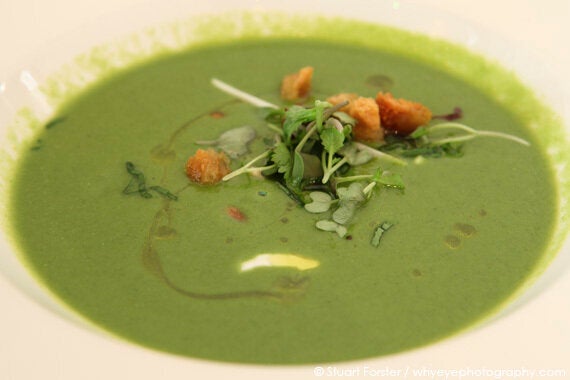
Tripods can also be used in order to produce creative images. In the photo below I wanted to capture the mood and movement within Olde Hansa, a medieval style restaurant in central Tallinn. I chose a vantage point on the staircase but had to work quickly, as people were using the stairs. Nonetheless, I was able to depict the low lighting and historic interiors, and I like that the movement of the person in the foreground lends a ghostly character to the scene.
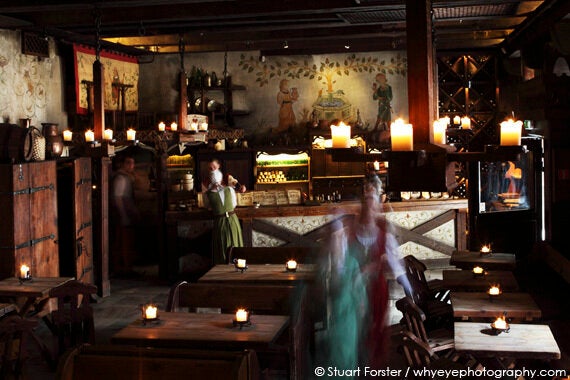
Prior to using my tripod in museums and galleries I ask for permission, as some venues have restrictions on the use of tripods on their premises.
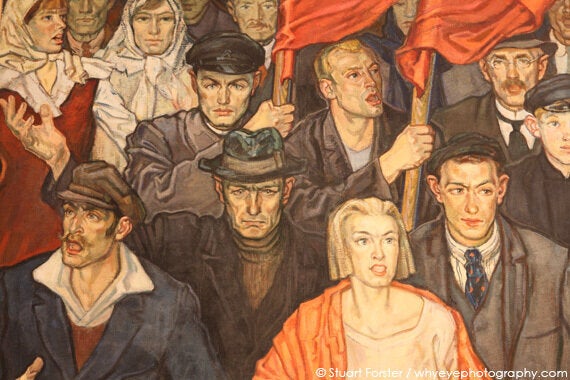
At KUMU, the Estonian Art Museum, I wanted to ensure my photographs of paintings captured the texture of the artists' brush strokes so used my tripod. The lighting within the galleries was fine for viewing the works of art but I would have had to raise my ISO setting to an unacceptably high level in order to eliminate the risk of camera shake on hand held images.

In the Estonian History Museum I chose my positions carefully, so I could record details of the first Estonian Bible, published in 1739, and weapons displayed within a glass cabinets. Careful composition meant I was able to show the details of the exhibits without any glare reflecting back in my lens.

Likewise, for scenes around dusk a tripod can prove invaluable in capturing the mood of a destination.
Within the Seaplane Harbour Museum, whose low, mood lighting rises and falls. I observed the sequence a couple of times before photographing a 20 second exposure of the Lembit submarine, which was built in Barrow-in-Furnace back in the 1930s.
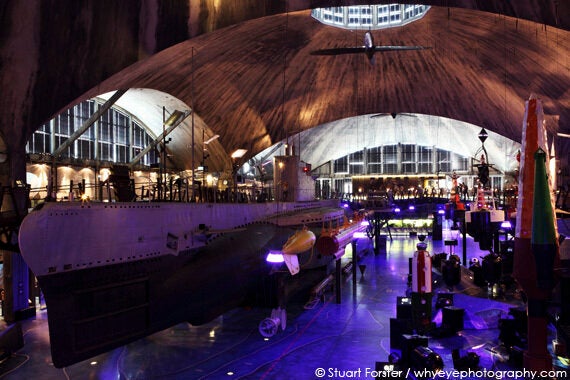
Thankfully, not all tripods are heavy or expensive and using them can be invaluable in taking quality travel photographs.
Further Information
Stuart used a Rollei C5-i tripod while photographing in Estonia. The smart looking tripod weighs just 1.84kg, folds down to a length of 445mm and comes with a carrying case. The C5-i can take a load of up to 10kg and has a maximum height of 159cm. It converts into a monopod and has a ball head. See more tripods on the Rollei website.
For more information about Estonia see the www.visitestonia.com website.
The food photos above were taken in the restaurant Salt (Vase 14, 10125 Tallinn, tel. +372 5188510).
The Olde Hansa restaurant is at Vana turg 1, 10140 Tallinn, tel. +372 6279020.
The Estonian History Museum is located within the Great Guild Hall at Pirita tee 56, 10127 Tallinn, tel. +372 6968630.
KUMU, the Art Museum of Estonia (Weizenbergi 34 / Valge 1, 10127 Tallinn, tel. +372 6026000), opened in 2006 and won the 2008 European Museum of the Year Award.
The Seaplane Harbour Museum is at Vesilennuki Street 6, 10415 Tallinn, tel. +372 6200550.
Regent Holidays runs holidays to Tallinn and tours of Estonia.
Read more of Stuart's writings on food and travel on his blog, go-eat-do.com.